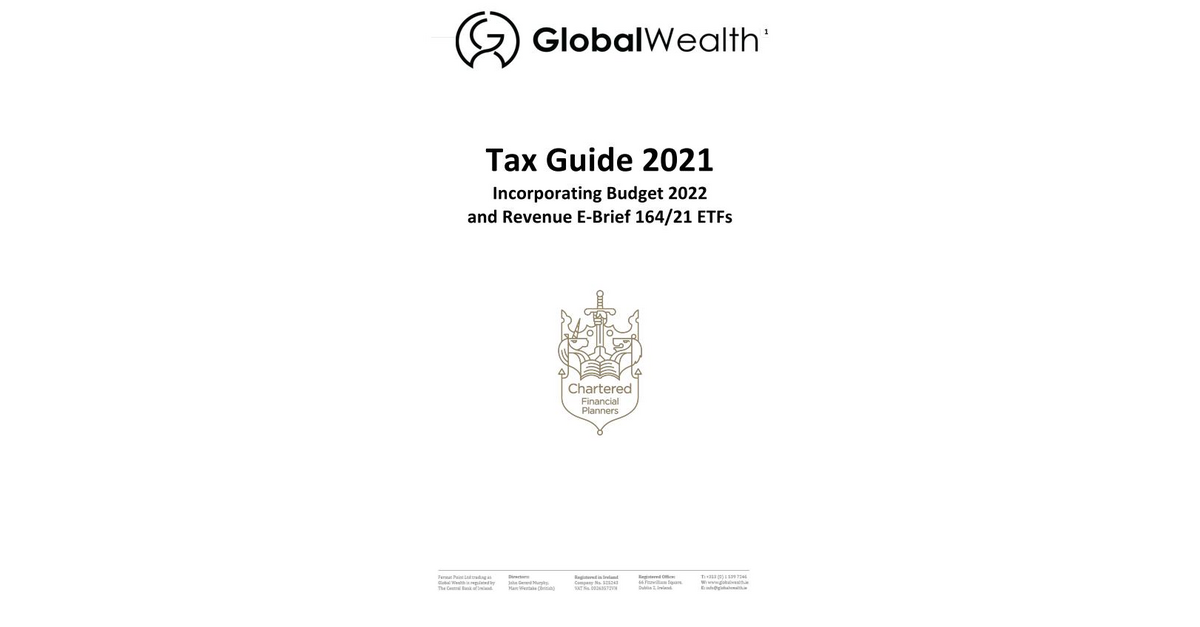Brendan Burgess
Founder
- Messages
- 52,117
From Steven Barrett: https://www.bluewaterfp.ie/investments/which-is-better-gross-roll-up-or-cgt-investments/
Assuming 5% dividends a year and 5% capital gains - net of all charges!
After 8 years:
1. CGT Fund at 28.75% tax: €179,005
2. Deemed disposal €169,789
3. CGT Fund at 52% tax: €150,004
After 20 years:
Assuming 5% dividends a year and 5% capital gains - net of all charges!
After 8 years:
1. CGT Fund at 28.75% tax: €179,005
2. Deemed disposal €169,789
3. CGT Fund at 52% tax: €150,004
After 20 years:
- CGT fund at 28.75% dividend tax – €391,442
- Deemed Disposal Fund – €369,494
- CGT fund at 52% dividend tax – €319,086
Last edited:
